#roman bronze
Text
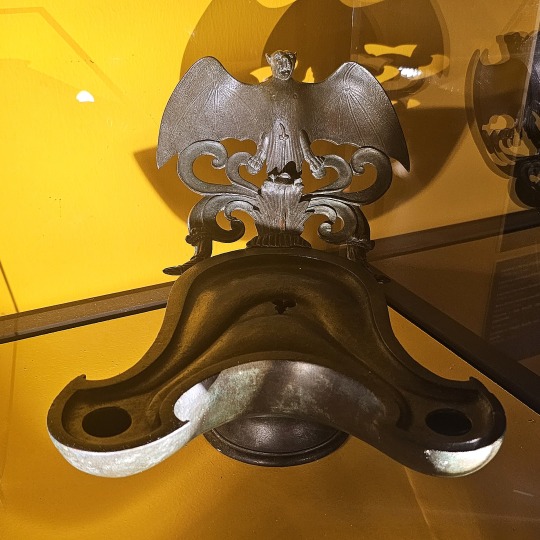

Twin-flamed lamp with bat-shaped reflector; bronze, Roman | Found in the Villa Arianna in Stabiae, south of Pompeii | On display in the Capitoline Museum, from the MANN collections.
#ancient rome#roman artifact#roman lamp#roman bronze#stabiae#villa arianna#capitoline museums#museo archeologico nazionale di napoli#mann museum
32 notes
·
View notes
Text
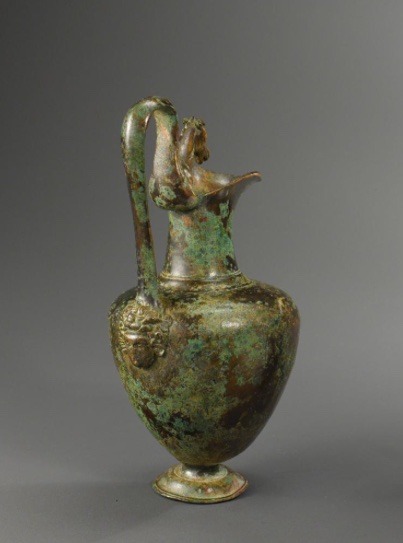
Roman Bronze Oinochoe
1st century BC - 1st century AD
The handle with a horse protome at the upper terminus and a gorgoneion at the lower. Tradionally the gorgoneion was a protective device and its presence on wine vessels doubtless served as a deterrent to poisoning.
H. 24.8 x w. 12.5 cm.
#Roman Bronze Oinochoe#1st century BC - 1st century AD#bronze#roman bronze#ancient artifacts#archeology#archeolgst#history#history news#ancient history#ancient culture#ancient civilizations#ancient rome#roman history#roman empire#roman art
30 notes
·
View notes
Text
Boreas - Aquileia, 2023.
instagram
0 notes
Photo
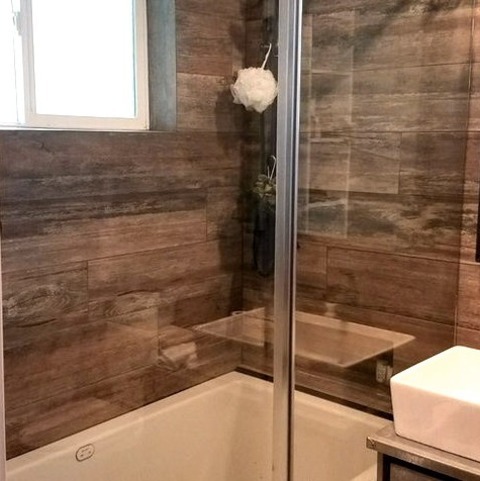
Salt Lake City 3/4 Bath Bathroom
Bathroom - mid-sized rustic 3/4 porcelain tile bathroom idea with brown walls, a vessel sink, stainless steel countertops, flat-panel cabinets, and distressed cabinets.
0 notes
Text
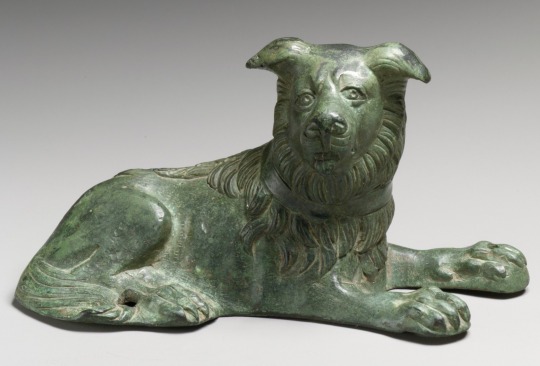
Bronze statuette of a dog
Roman
2nd-3rd century CE
#roman art#dogs#bronze#bronze statue#animals in art#ancient art#ancient people#ancient statue#statue aesthetic#aesthetic#beauty#ancient artifacts#artifacts#antiquities#beautiful animals#dogs of tumblr#cute dogs#modern art#art history#aesthetictumblr#tumblraesthetic#tumblrpic#tumblrpictures#tumblr art#tumblrstyle#artists on tumblr
1K notes
·
View notes
Text

Head from a bronze statue of the Roman emperor Alexander Severus (222-235 AD) from Ryakia, Archaeologica Museum, Dion
441 notes
·
View notes
Text

Roman magical nails
3rd-4th century CE
British Museum
London, July 2022
#Magic#Ancient Rome#Roman#nail#inscription#bronze#3rd century CE#4th century CE#British Museum#my photo
849 notes
·
View notes
Text
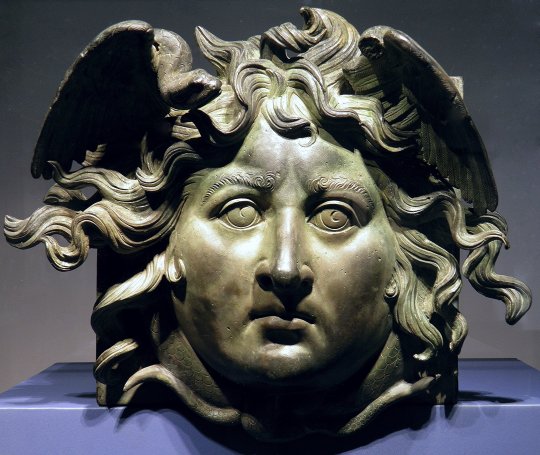


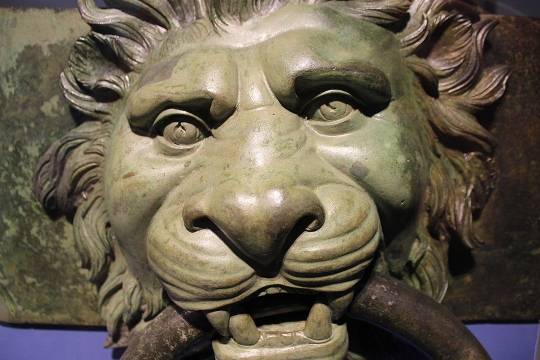

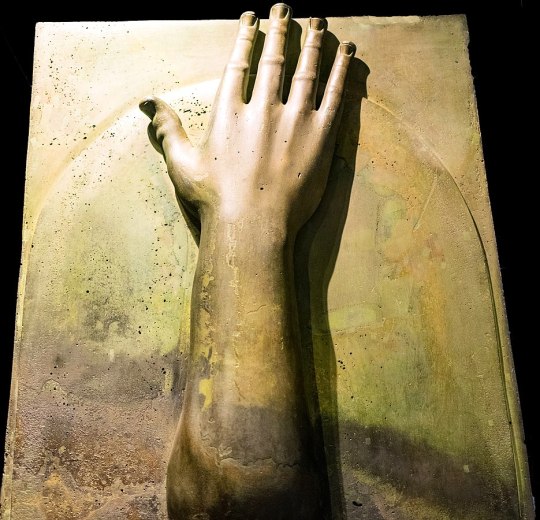
These bronze decorations are part of what remains from the Nemi ships, pleasure barges of Emperor Caligula. The sunken ships were recovered in 1929 but were destroyed in 1944 during WWII.
#ancient rome#roman empire#ancient art#ancient culture#ancient history#julio claudian dynasty#emperor gaius#caligula#emperor caligula#bronze#nemi ships
273 notes
·
View notes
Photo

A FRAGMENTARY ROMAN BRONZE CAVALRY PARADE HELMET MASK, CIRCA LATE 2ND CENTURY A.D.
probably depicting an Amazon, with outlined lip and finely incised diagonally striated lower lashes and chevron-patterned upper lashes, fragmentary iris rings in the eye sockets, a tongue pattern framing the forehead and temples and centering a small shell, the hair flowing in two rows of thick wavy curls down the side.
Height 14.5 cm.; width 18.3 cm.
606 notes
·
View notes
Text


Bronze ornament from a chariot pole. Roman 1st–2nd century CE. x
This heavy metal ornament, decorated with the head of Medusa and inlays of silver and copper, probably comes from a currus triumphalis (ceremonial chariot) used in processions rather than a lightweight racing chariot.
101 notes
·
View notes
Text
Time Travel Question 35: Ancient History XVI and Earlier
These Questions are the result of suggestions from the previous iteration.
This category may include suggestions made too late to fall into the correct earlier time grouping. Basically, I'd already moved on to human history, but I'd periodically get a pre-homin suggestion, hence the occasional random item waaay out of it's time period, rather than reopen the category.
In some cases a culture lasted a really long time and I grouped them by whether it was likely the later or earlier grouping made the most sense with the information I had. (Invention ofs tend to fall in an earlier grouping if it's still open. Ones that imply height of or just before something tend to get grouped later, but not always. Sometimes I'll split two different things from the same culture into different polls because they involve separate research goals or the like).
Please add new suggestions below if you have them for future consideration. All cultures and time periods welcome.
#Time Travel#Cybele#Ancient World#Trans History#Vesuvius#Pompeii#Roman Empire#Bog Mummies#Fashion History#Tyrian Purple#Bronze Age#Iron Age#Indigenous History#Egyptian Blue#Mediterranean#Mediterranean Sea#African History#Western Asian History#European History#Queer History#Epidaurus
244 notes
·
View notes
Text

Renown holding back Pegasus
By Eugène Louis Lequesne
Photo by Louis-Emile Durandelle
1875
#art#sculpture#fine art#classical art#french art#french sculptor#19th century art#photography#beauty#allegory#mythology#greek mythology#roman mythology#european mythology#late 1800s#1800s#european art#bronze sculpture#bronze
84 notes
·
View notes
Photo


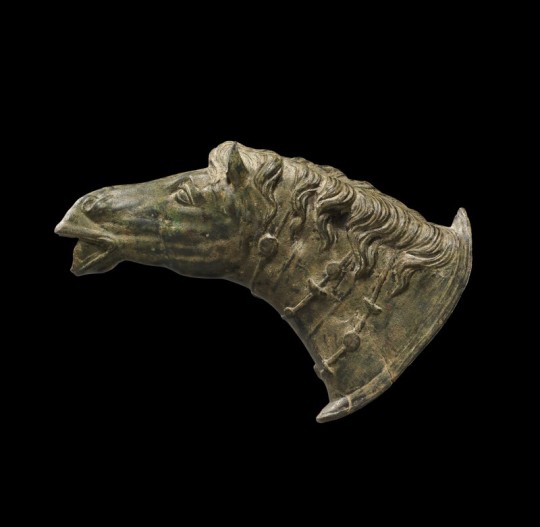


A ROMAN BRONZE HORSE HEAD WATERSPOUT, CIRCA 2ND CENTURY A.D.
With spouted mouth, flaring nostrils, centrally-parted wavy mane, and wearing a collar wound multiple times around the neck and decorated with circular and crescentic ornaments; the back terminating in a broad flange.
Length 19 cm.
#A ROMAN BRONZE HORSE HEAD WATERSPOUT CIRCA 2ND CENTURY A.D.#archeology#archeolgst#ancient artifacts#history#history news#ancient history#ancient culture#ancient civilizations#roman empire#bronze#bronze sculpture#roman bronze
163 notes
·
View notes
Text

Bronze portrait bust found in the Villa of the Papyri at Herculaneum. The subject has been variously identified as Priapus, Dionysus/Bacchus, Plato, and Poseidon. Artist unknown; Roman copy after a Hellenistic original of ca. 100 BCE. Now in the National Archaeological Museum, Naples. Photo credit: Allan Gluck/Wikimedia Commons.
#classics#tagamemnon#Ancient Rome#Roman Empire#Herculaneum#art#art history#ancient art#Roman art#Ancient Roman art#Roman Imperial art#Greek art#Ancient Greek art#Hellenistic art#sculpture#portrait sculpture#portrait bust#metalwork#bronze#bronzework#MAN Naples#NAM Naples
657 notes
·
View notes
Text
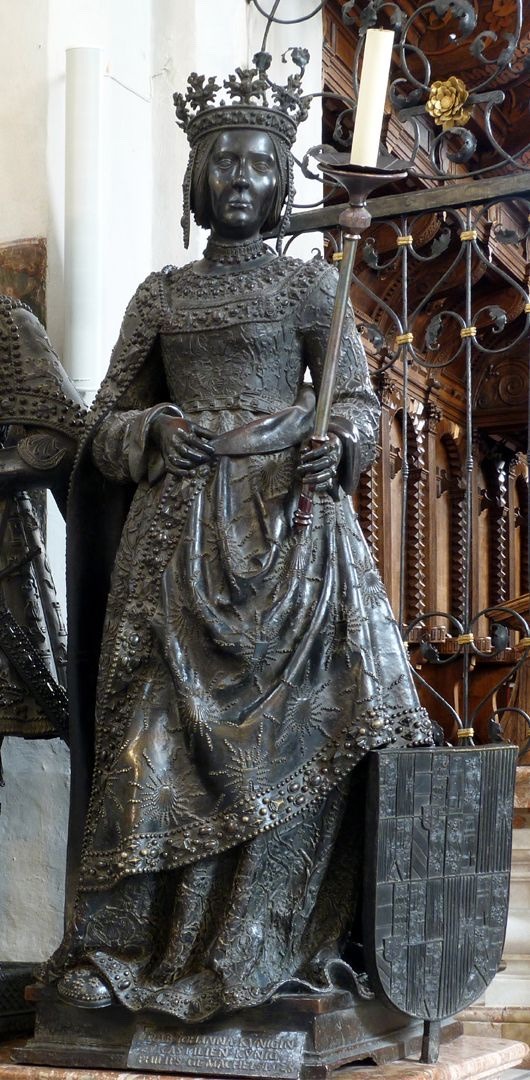

Bronze statues of Juana I of Castile and Archduchess Margaret of Austria in the Empty Tomb of Emperor Maximillian I
#juana of castile#juana i of castile#joanna of castile#Joanna I of Castile#Margaret of Austria#tomb#art#bronze sculpture#bronze statue#northern renaissance art#northern renaissance#renaissance art#renaissance#sixteenth century#16th century art#16th century#art history#history of art#maximilian i#holy roman empire#holy roman emperor
79 notes
·
View notes
Photo


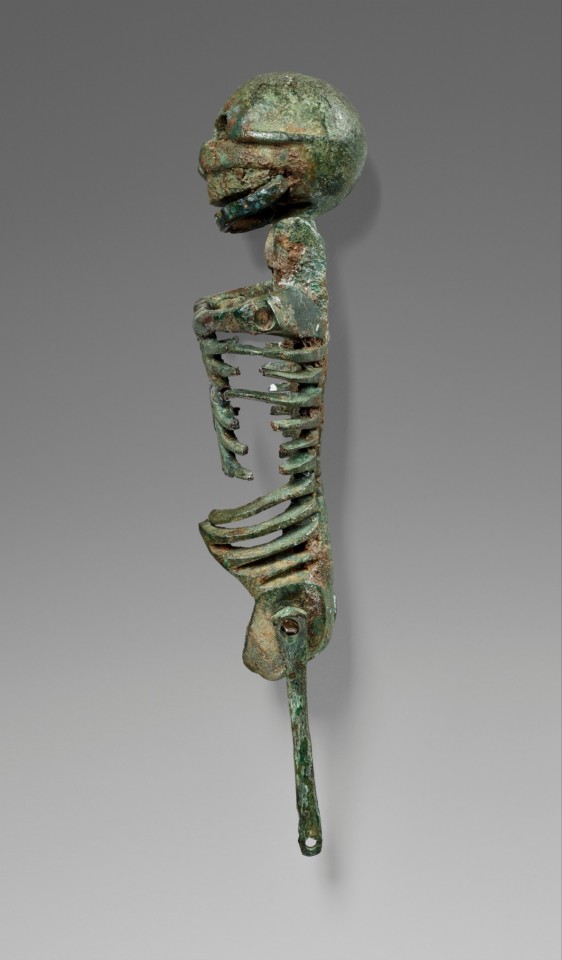
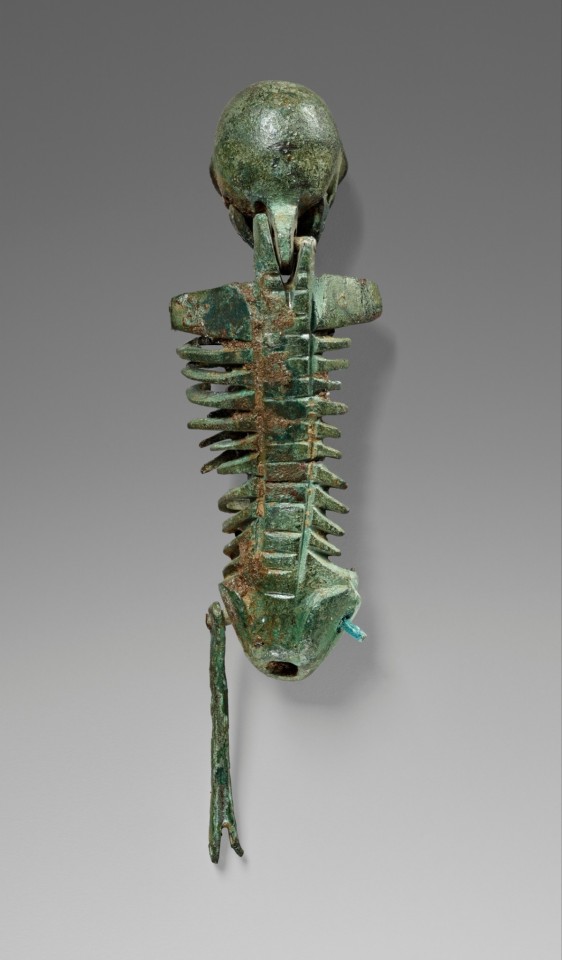
Skeleton - bronze - Roman - 25 BCE–100 CE
2K notes
·
View notes